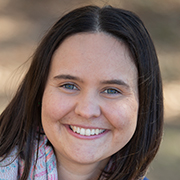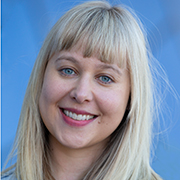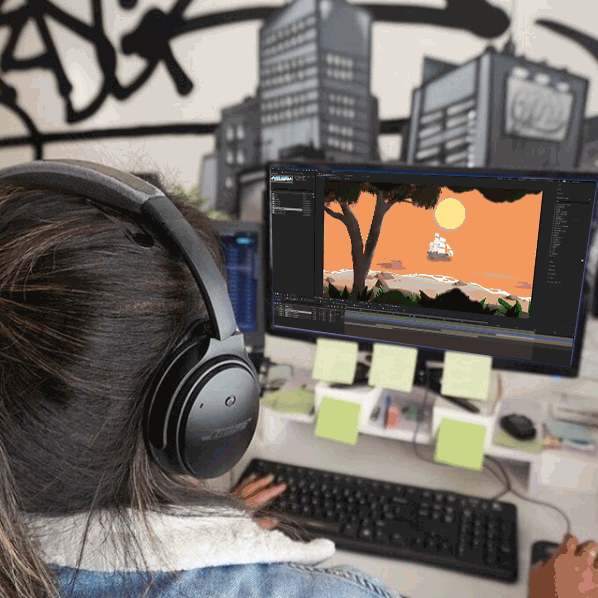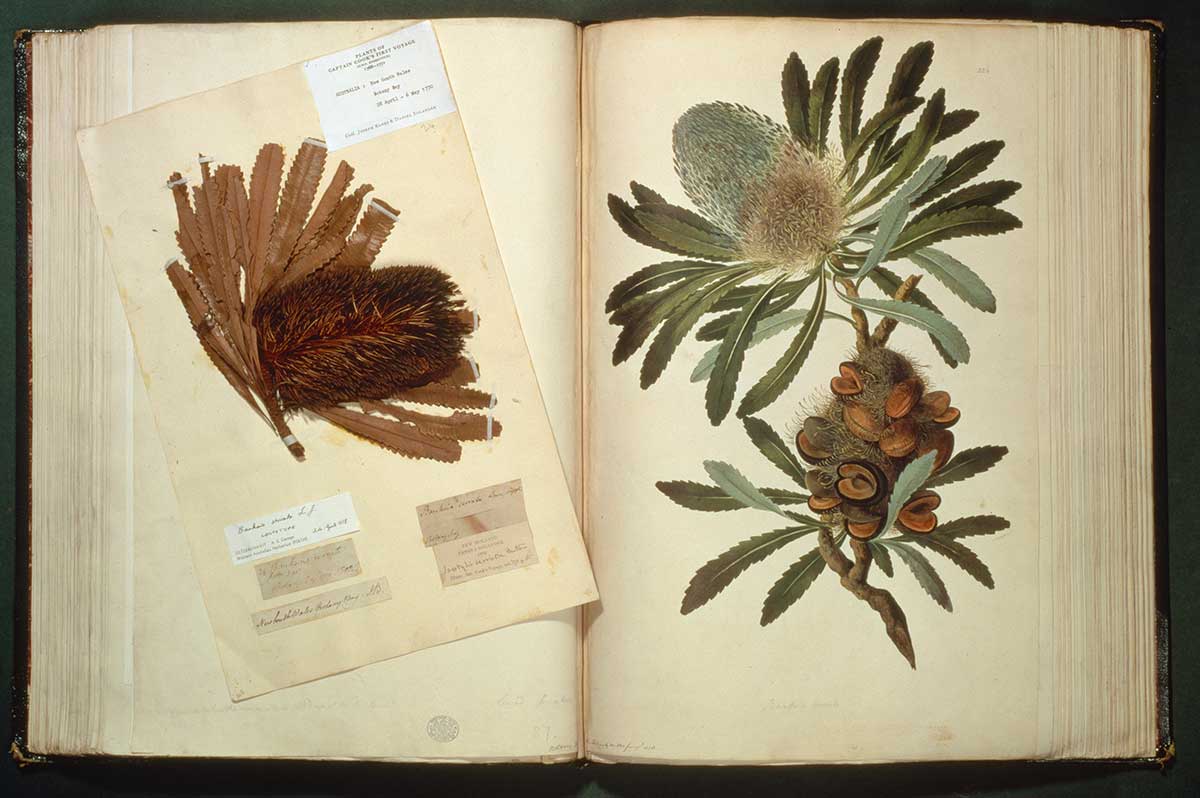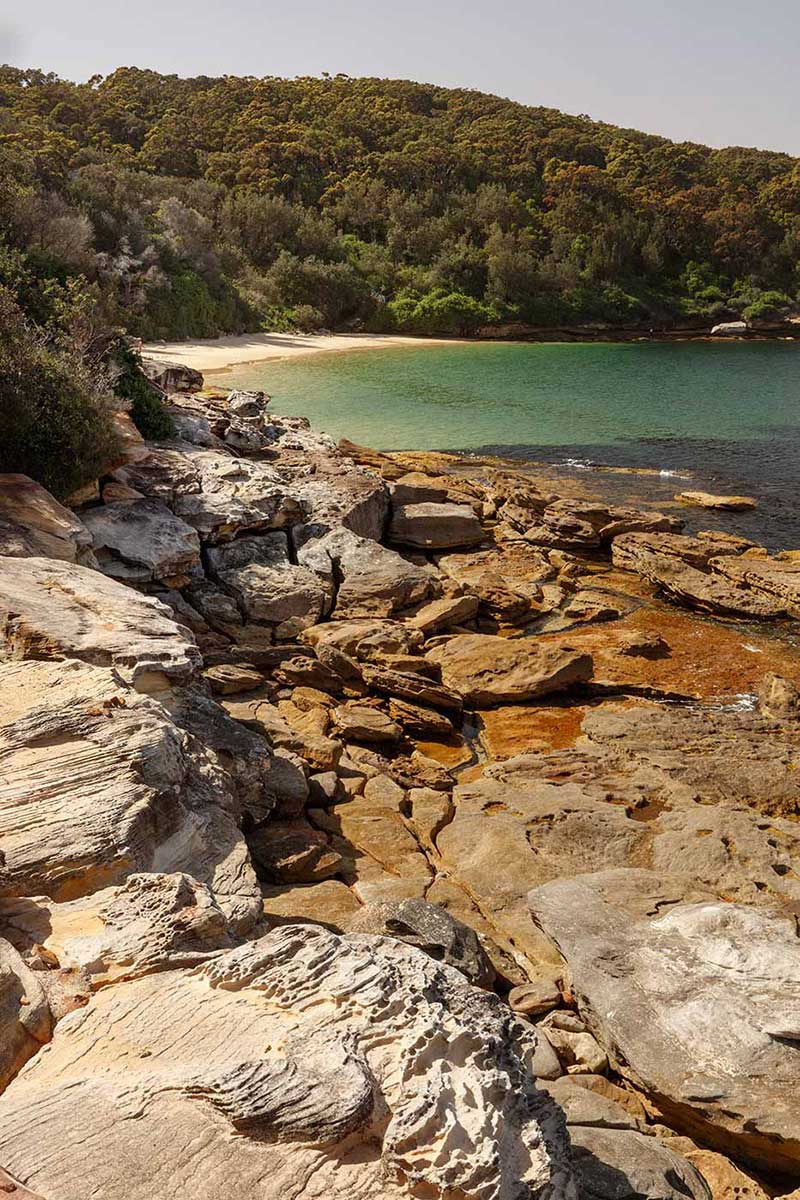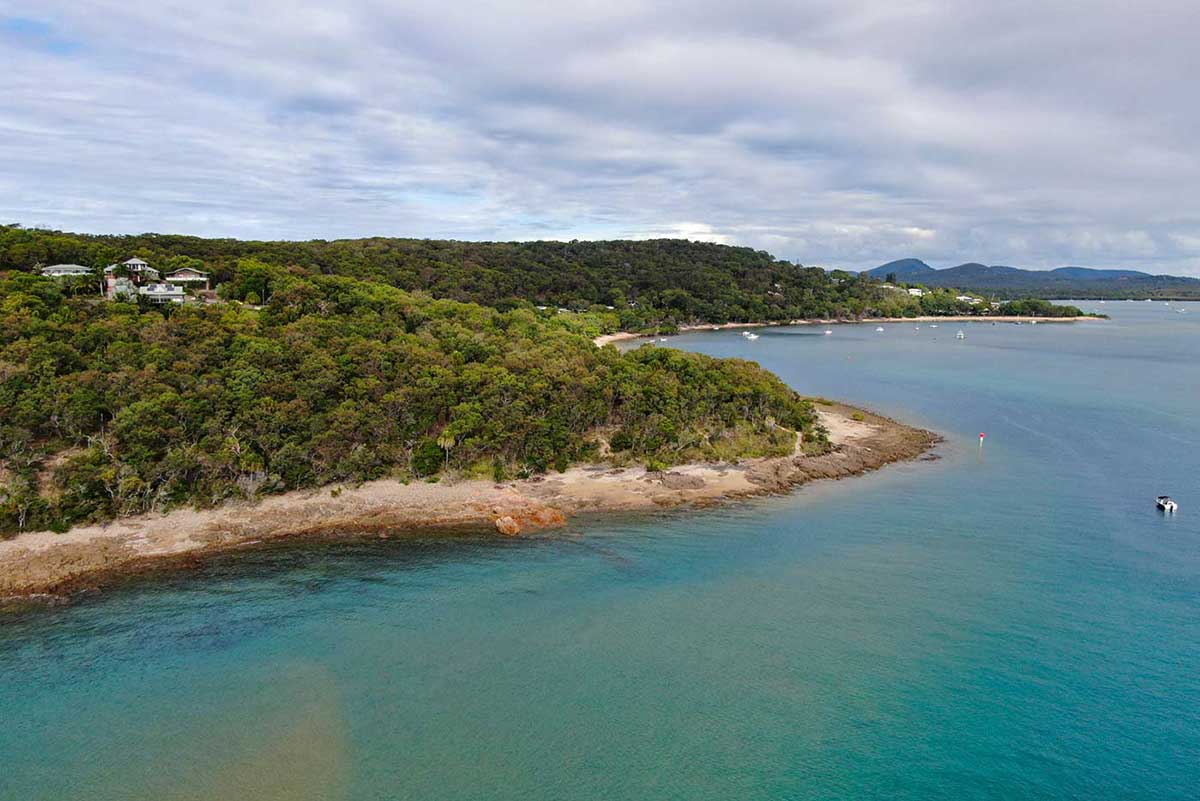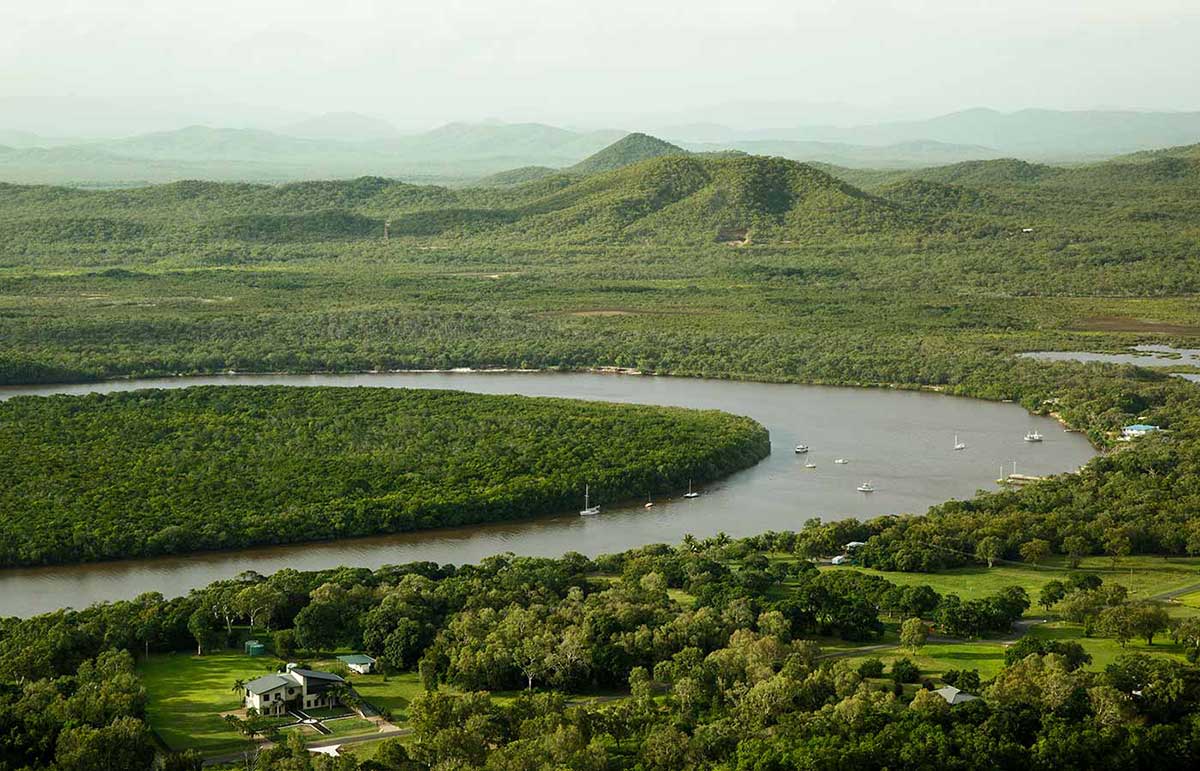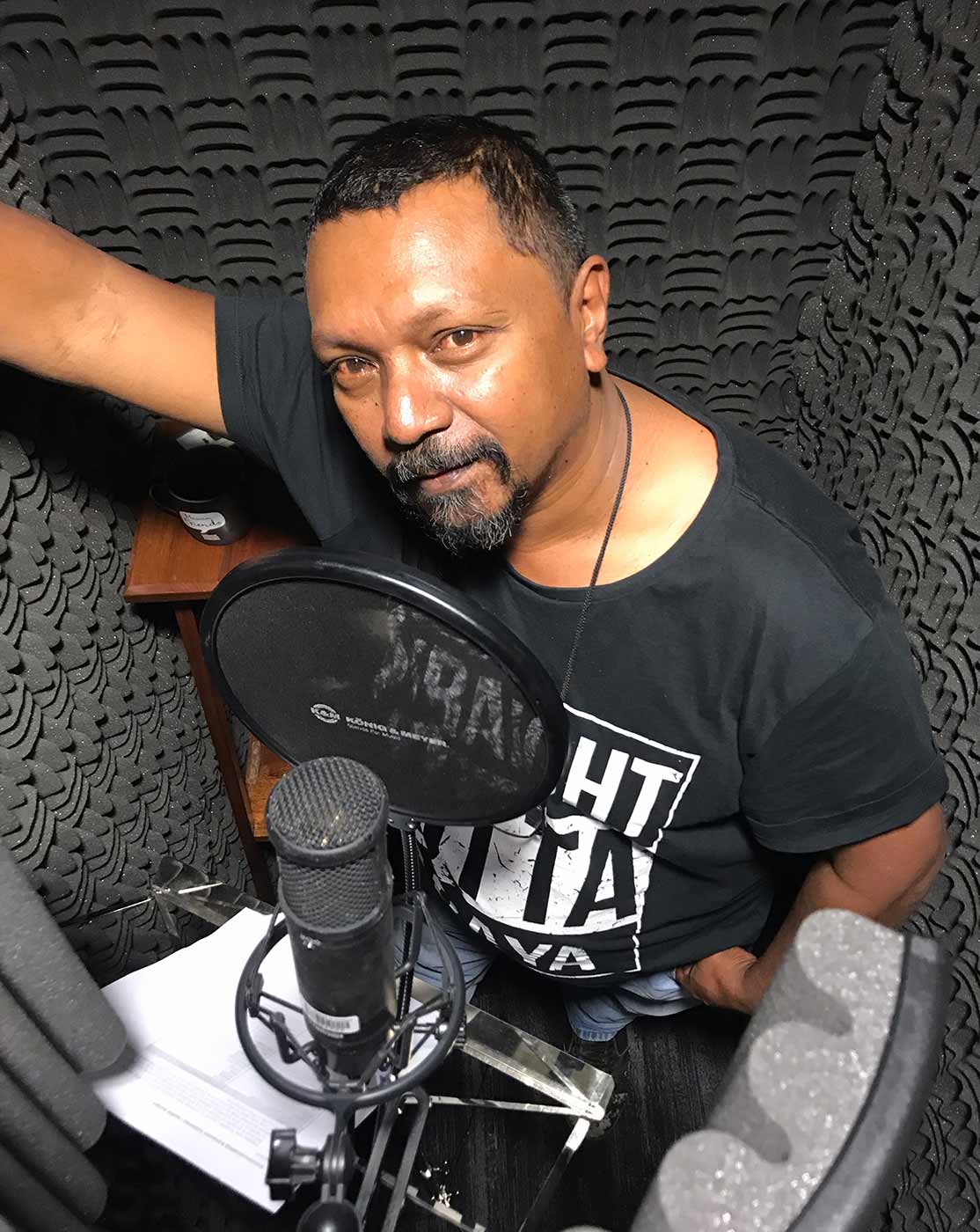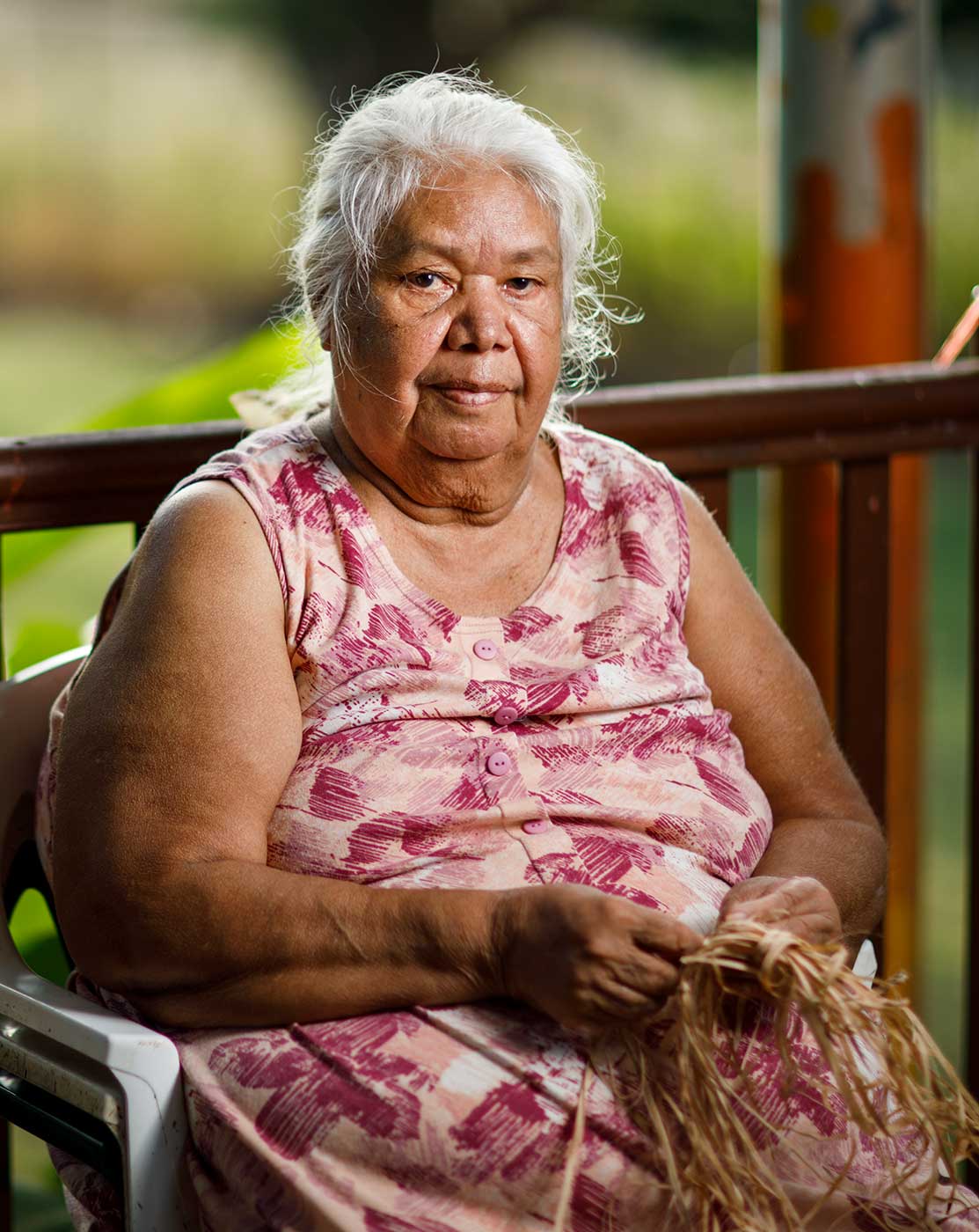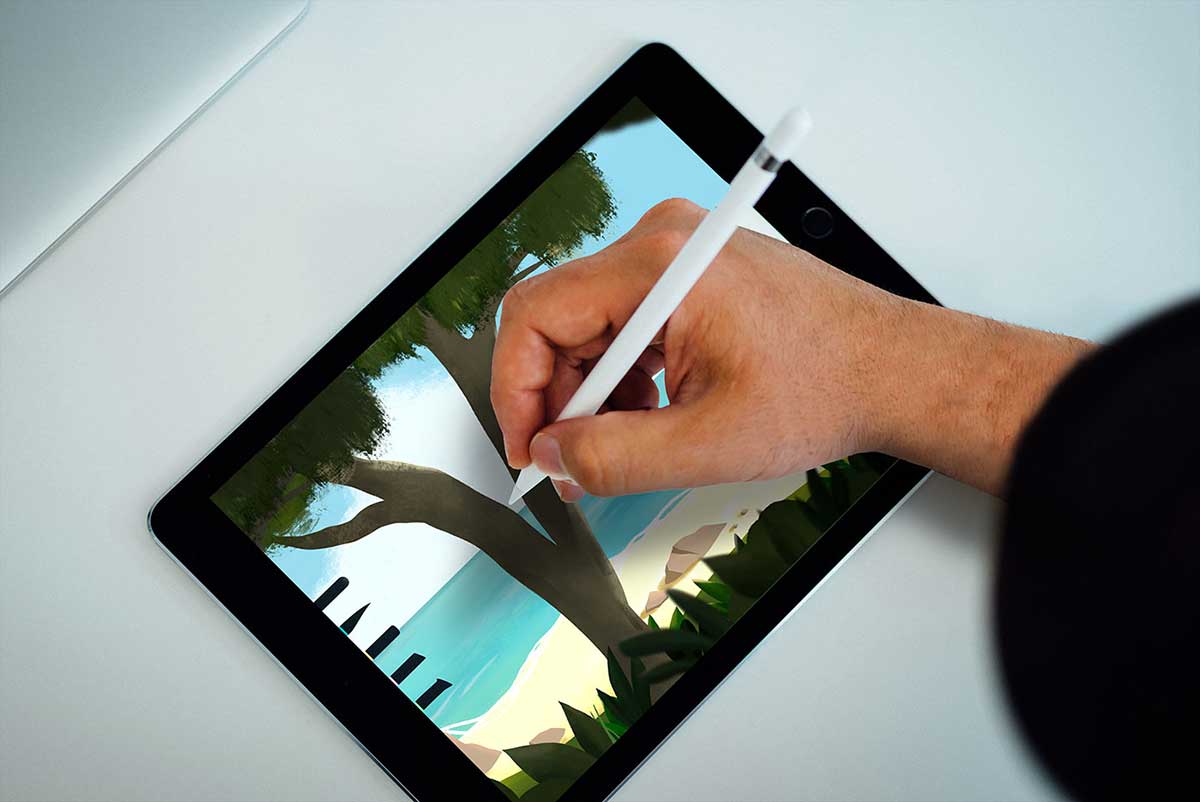New digital resource
Combining Indigenous and 18th-century scientific knowledge, Knowing Plants is an exhibition interactive and website that showcases a rich resource of plant life along the east coast of Australia. It was developed for our exhibition, Endeavour Voyage: The Untold Stories of Cook and the First Australians.
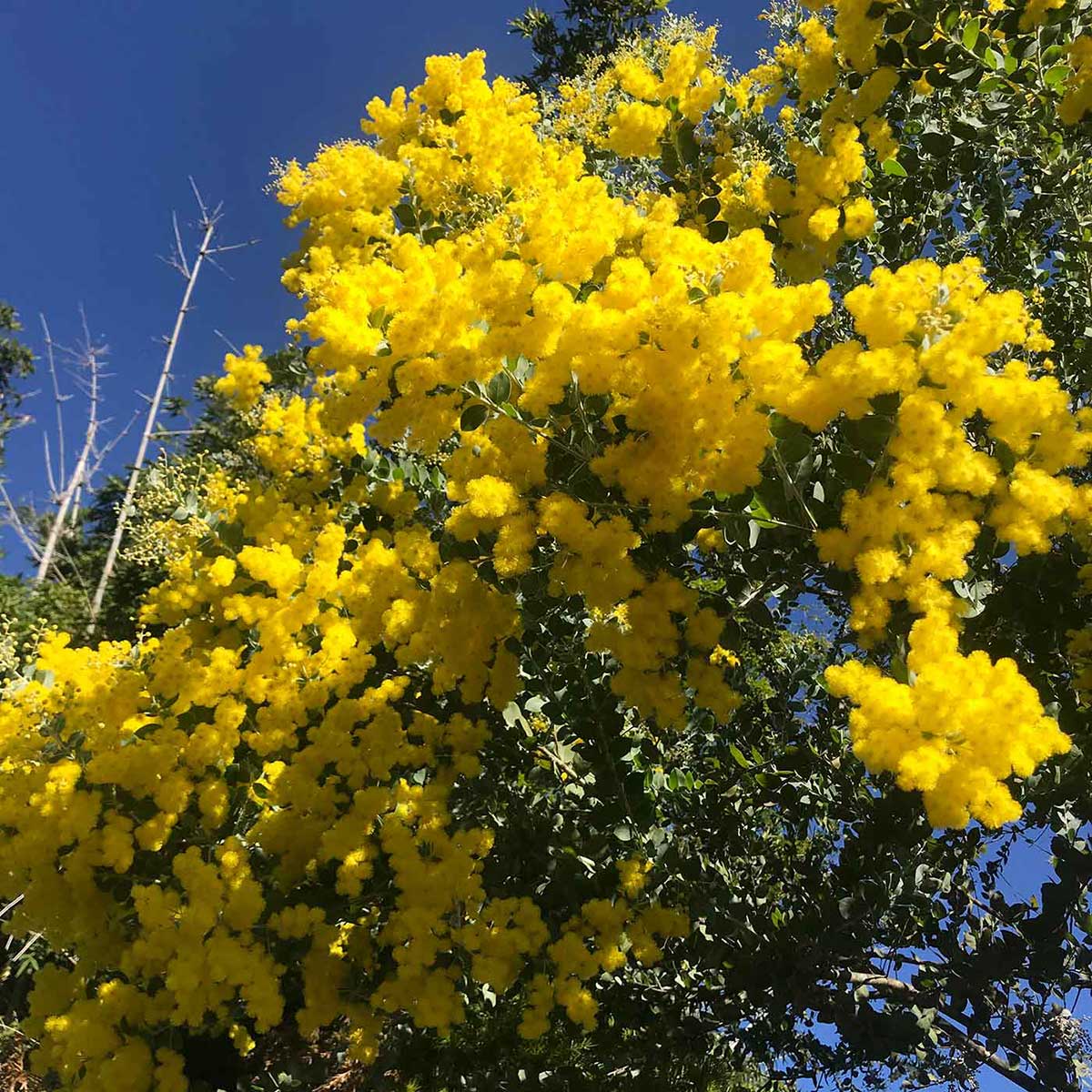
Ancient knowledge
The First Peoples of Australia hold ancient knowledge of the significance and uses of this continent’s plant life – from medicine, food sources and everyday items to seasonal calendars and creation stories.
We developed the Knowing Plants interactive to present information from Indigenous communities on the language, significance and use of their plant life, side by side with 18th century botanical studies.
In this way we have brought together two different knowledge systems and perspectives on the same plant life.
The wattle tree and its distinctive yellow flowers is a familiar sight across Australia. To the Traditional Owners of Kamay (Botany Bay), the species native to the Sydney region is known as namaraag.
Dharawal Elder Rod Mason and his granddaughter Kodie Mason welcomed National Museum staff to the Royal National Park, sharing knowledge about the plant life on their country, including namaraag.
It's a very useful plant. When crushed, its leaves make an antiseptic soap and can help to catch frogs, turtles and yabbies in waterholes. Its seeds also add flavouring to food.
Botanical collection
Joseph Banks, 5 May 1770:
As tomorrow was fixd for our sailing Dr Solander and myself were employd the whole day in collecting specimens of as many things as we possibly could to be examind at sea.
Part of the Endeavour voyage's mission was to collect plants along the east coast of Australia. The ship included botanists and illustrators to collect and categorise thousands of plant and animal species along the way. Their approach rarely included meaningful interactions with the First Peoples.
Endeavour landings
We selected three geographically diverse locations which were also sites of the Endeavour’s landing: Kamay (Botany Bay), Gooragan (Bustard Bay/Seventeen Seventy) and Waalumbaal Birri (Endeavour River). We are grateful for the generous contributions made by the many Traditional Owners of these areas.
Kamay Country
The Museum's senior Indigenous curator Shona Coyne, from the Menang/Nyungar Nation in Western Australia, worked with the La Perouse Aboriginal Land Council to develop the content from Kamay.
Gujaga Foundation representatives Ray and Shane Ingrey liaised with other Elders to ensure that we had access to culturally appropriate Dharawal information on the different plants and their uses.
Dharawal Elder Rod Mason and his granddaughter Kodie Mason shared their knowledge about the different uses of local plants, including the baan baan (peach blossom tea tree) whose sticks can be used to make spear prongs and leaves burned for insect repellent, and wattangaree (old man banksia tree) whose dried flowers can transport fire between campsites.
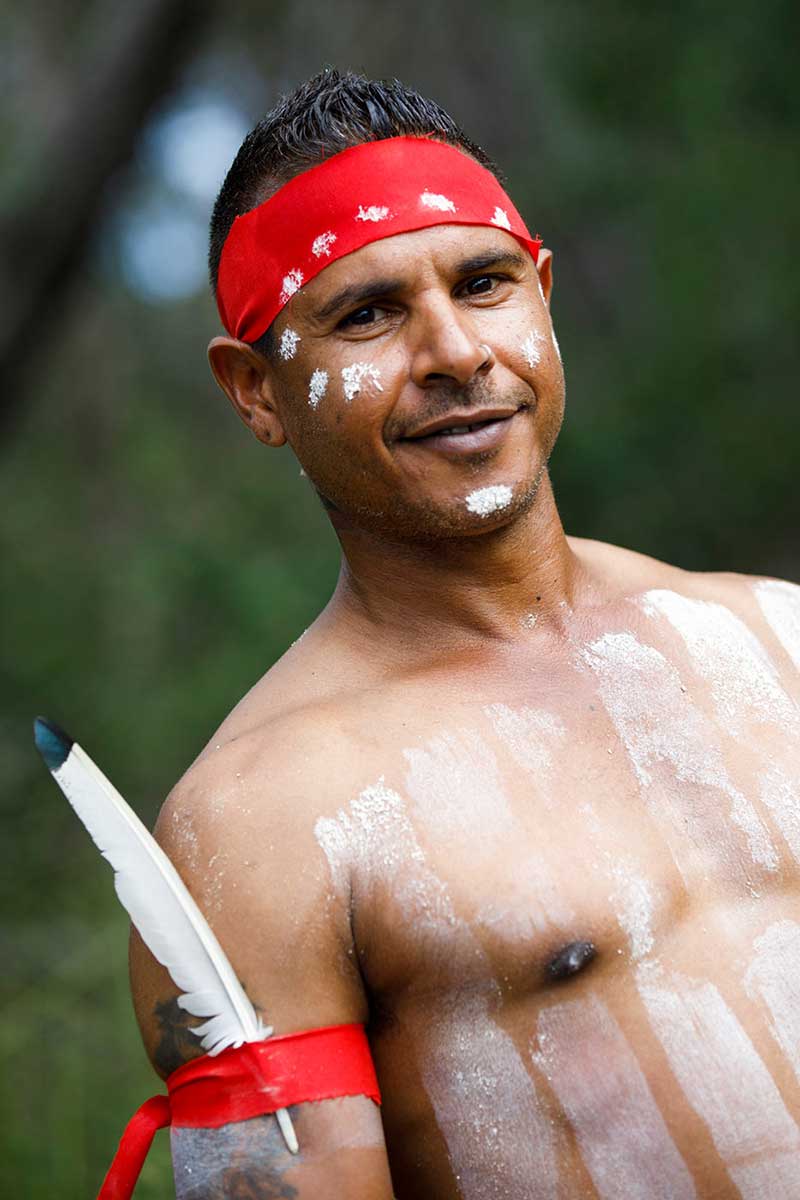
Gooragan Country
Curator Lily Withycombe worked with Gooreng Gooreng Traditional Owner Goongaree Goondill Bunda (Everett Johnson) to develop the Gooragan section of the interactive.
Everett, who lives on his traditional country near to Bundaberg in Queensland and works as a ranger, has an intimate knowledge of Gooragan, his ancestral sandy loam country near to the modern-day coastal town of Seventeen Seventy.
Everett is committed to learning about his Country from his Elders and preserving its biodiversity, but also acknowledges that much cultural information has been lost in the 250 years since the landing.
He has studied the Endeavour journal entries closely and considers the landing in 1770 to be a missed opportunity for cross-cultural learnings.
Waalumbaal Birri Country
Shona Coyne also worked closely with communities living on or near to Waalumbaal Birri (the Endeavour River), close to Cooktown in Far North Queensland.
In particular, she worked with Guugu Yimidhirr Elder Alberta Hornsby, Willie Gordon a Nugal-warra Elder, and Harold Ludwick, a Bulgun Warra man. They all shared knowledge about their unique clan country and its plant life.
Harold was also a 2019 Encounters Fellow and provided the cheeky and energetic voiceover in the Talkin’ Guugu Yimidhirr language game.
Travelling on to the Hopevale Arts and Culture Centre, Shona sat with Nugal-warra Elder Wanda Gibson who explained how she uses the bayjin (lomandra) in her weaving.
Collaborating with Cypha Interactive
Sydney-based creative technology studio Cypha Interactive developed a beautifully illustrated interface which allows you to explore the elements for each plant type. The foreground and background images move, mimicking a camera panning along a scene.
Within the exhibition, the interactive proved to be an intergenerational activity, with younger family members drawing their older relatives into the experience. In this way they share both familiar and new ways of seeing and understanding.
